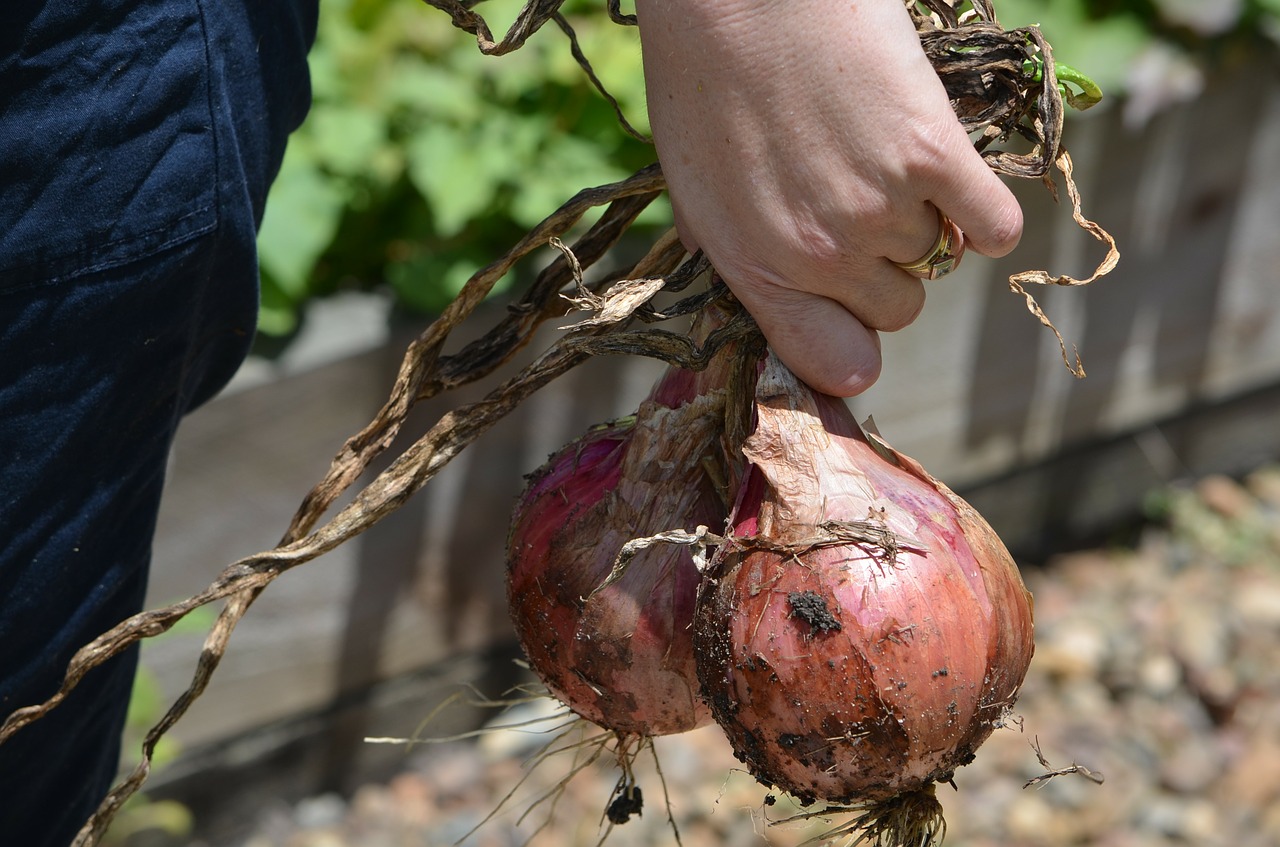How Important is Crop Rotation?

Crop rotation has been carried out for thousands of years, long before farmers knew the full list of benefits that it could reap. The practice involves changing the location where different plant types are grown year on year, and whilst it can seem like a lot of effort, the benefits in soil quality, disease and pest control, plant growth and weed suppression certainly make it a worthwhile pursuit. However, there are rules to crop rotation, and only certain crops which will benefit from a yearly relocation. Read on to find out the best way to carry out crop rotation, as well as when and why to do it.
Crop rotation is practiced for a number of reasons, both in large-scale farming and on gardens and allotments worldwide. The first reason is that certain pests and diseases are specific to plant types, and they tend to attack the same plant over a period of years. Leaving these plants in the same spot year after year allows these unwanteds to build up on the plant and in the soil, often leaving spores and eggs which can get out of control and reduce the crop’s yield. By changing where you put plants in your plot year after year, you are able to disrupt these pests, as well as separating your plants from the diseases which can become established in the soil.
As well as controlling the spread
 of pests and diseases, crop rotation maintains your soil quality, meaning that there is less need to use fertilisers. Plants will each drain different nutrients from your soil, so areas which have housed certain plants will have depleted amounts of specific nutrients. By putting another plant in this area, these nutrient levels will be able to recover. In addition, changing the location of a plant allows next season’s crop to benefit from an area of the garden which remains rich in the nutrients it needs. There is even evidence to suggest that crop rotation can increase the nutrient content of certain foods!
of pests and diseases, crop rotation maintains your soil quality, meaning that there is less need to use fertilisers. Plants will each drain different nutrients from your soil, so areas which have housed certain plants will have depleted amounts of specific nutrients. By putting another plant in this area, these nutrient levels will be able to recover. In addition, changing the location of a plant allows next season’s crop to benefit from an area of the garden which remains rich in the nutrients it needs. There is even evidence to suggest that crop rotation can increase the nutrient content of certain foods!
The final benefit of crop rotation is in weed control. Keeping plants in the same spot year after year means that they could shelter certain wild plants underneath their foliage. Uprooting plants and replacing them allows you to give your plot a good spring clean once a year!
What to rotate
Most annual vegetable crops will benefit from crop rotation once a year, but perennial crops, which don’t come to harvest annually, must be rotated less frequently to fit in with their cycles. Other vegetables like cucumbers, squashes, pumpkins and marrows don’t need to be rotated yearly, and will be fine as long as they are not grown in the same spot in your garden too often. You’ll also find that all fruits, as well as herbs like basil, sage, rosemary and oregano are not so prone to soil-borne disease, and these don’t require rotating in the same way that vulnerable vegetables do. Make sure, however, that you weed well around any plants which will sit in your garden for a long period, particularly those with a lot of foliage as these could provide a haven for weeds and pests.
How to do it
Before planting your vegetable crops, split your garden or allotment into small areas for different plant types. These areas must all be equal sizes, so that when you rotate your garden all of the crops will fit into every other space on the plot. Remember to leave an extra space for those perennials and non-rotating crops! Split your plants into brassicas (such as sprouts, cabbage, kale and cauliflower), legumes (like beans and peas), onions, members of the potato family (including tomato, aubergine and pepper) and roots like carrots, fennel, celery and parsley. Every year, sew plants from each family in a new area, until plant type has been grown in each separate spot. Once you get to this point, simply start the cycle again.
So, how important is crop rotation? Very important if you’re looking to maintain the health and quality of your plants and soil over a long period. There’s a reason that the technique has been practiced around the world for millennia and continues to be used to this day - it works! So when you’re planning out your plot, bear this worthwhile technique in mind and you’ll find your plants benefitting in health and yields through the years, whilst your soil will maintain healthy levels of nutrients and weeds will be kept at bay.
Could your allotment be the pride of Britain? Enter our competition to find Britain’s Best Allotment, in association with The National Allotment Society and National Allotments Week and you could be in with a chance of winning £1,000 worth of prizes.
Read more at http://www.hippobag.co.uk/blog/how-important-is-crop-rotation#3I48Ajfl4K7klBdX.99

